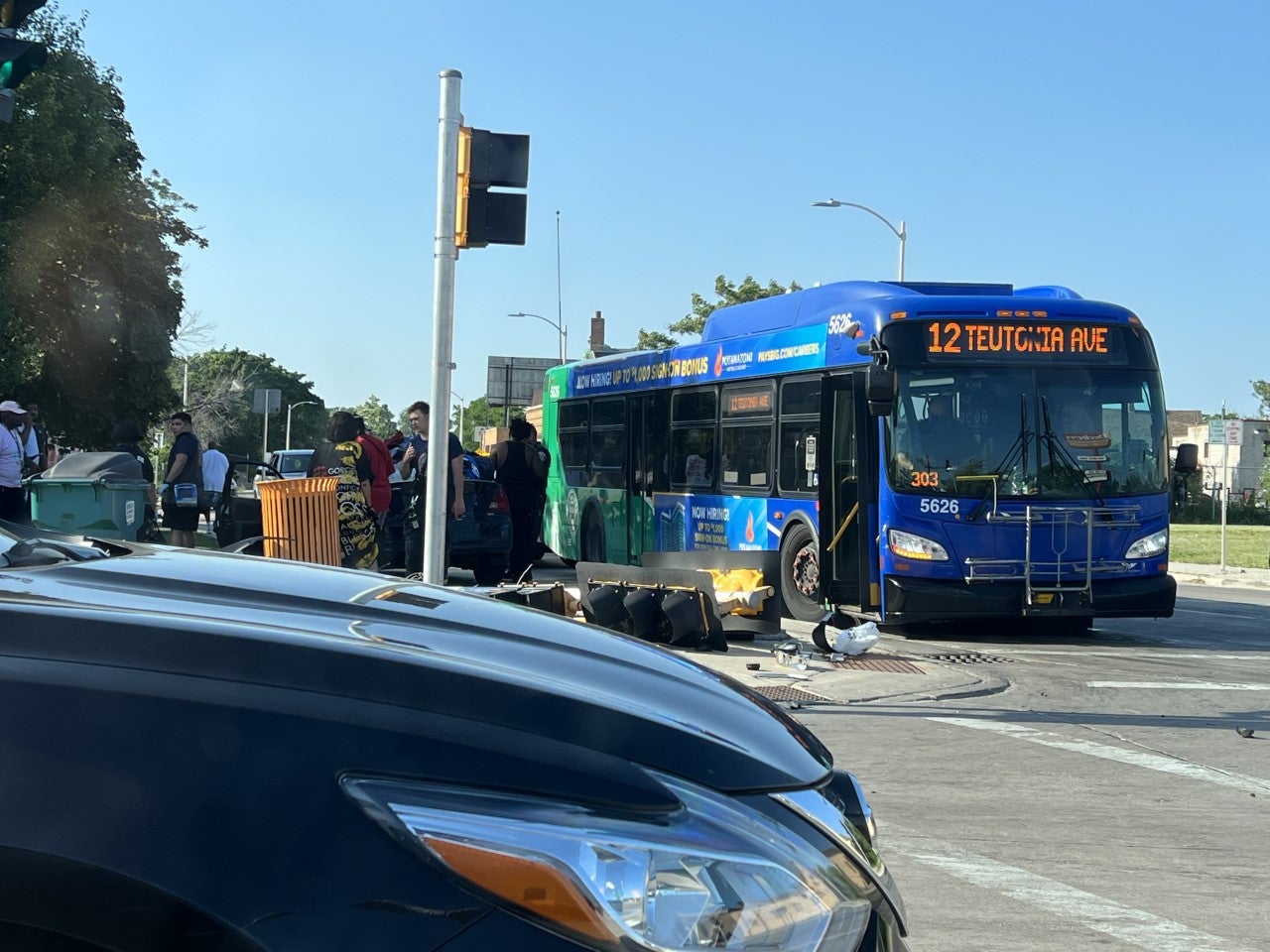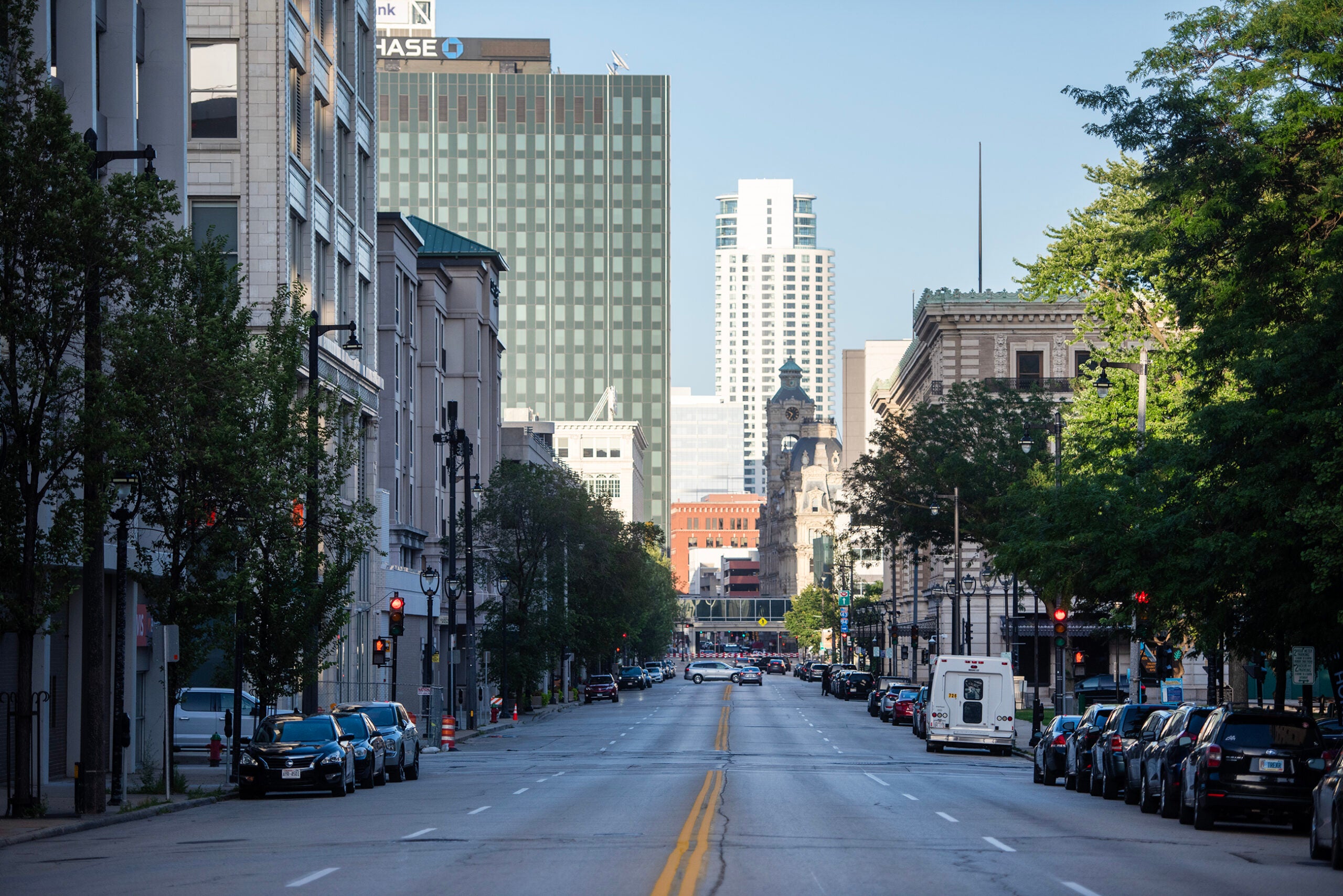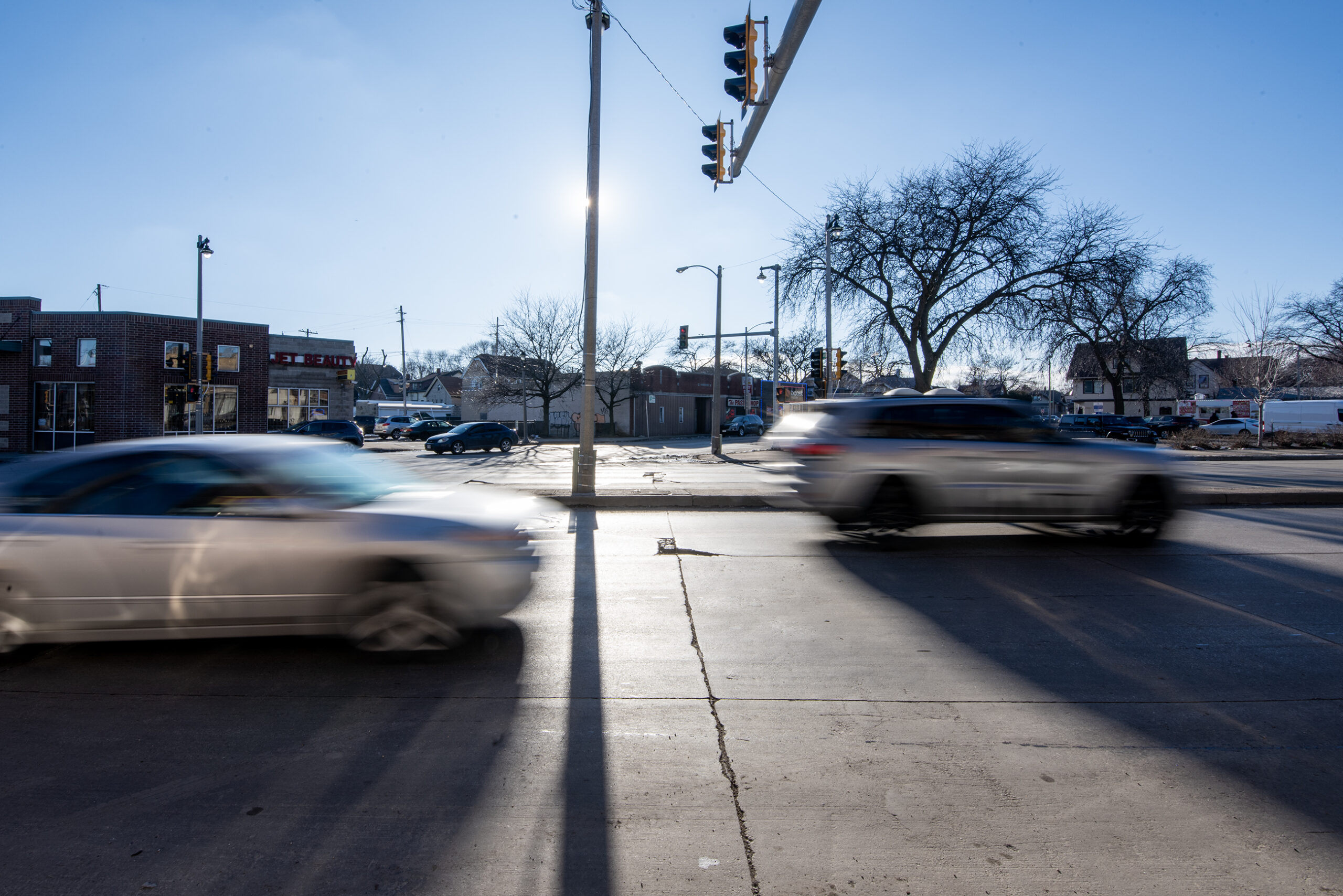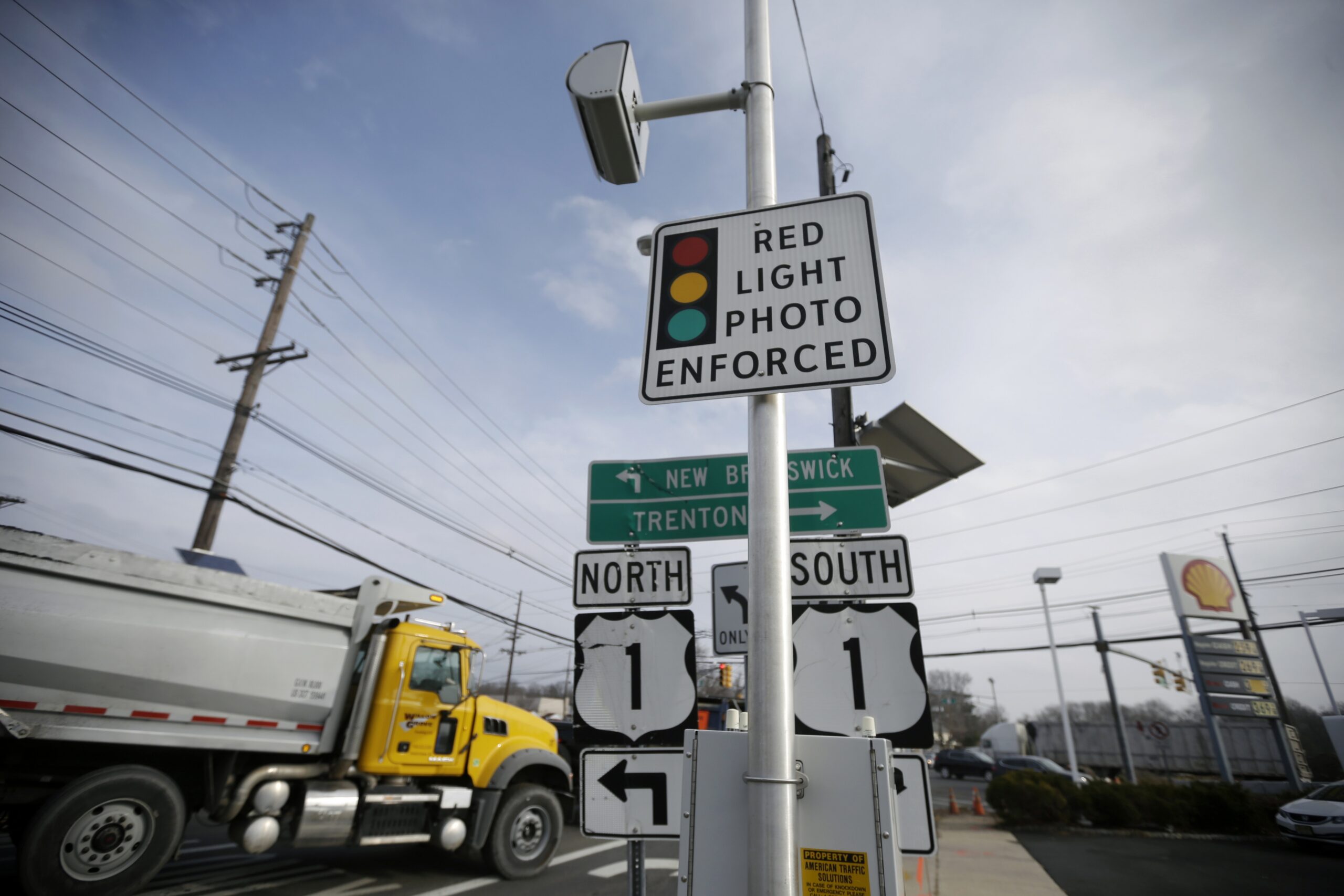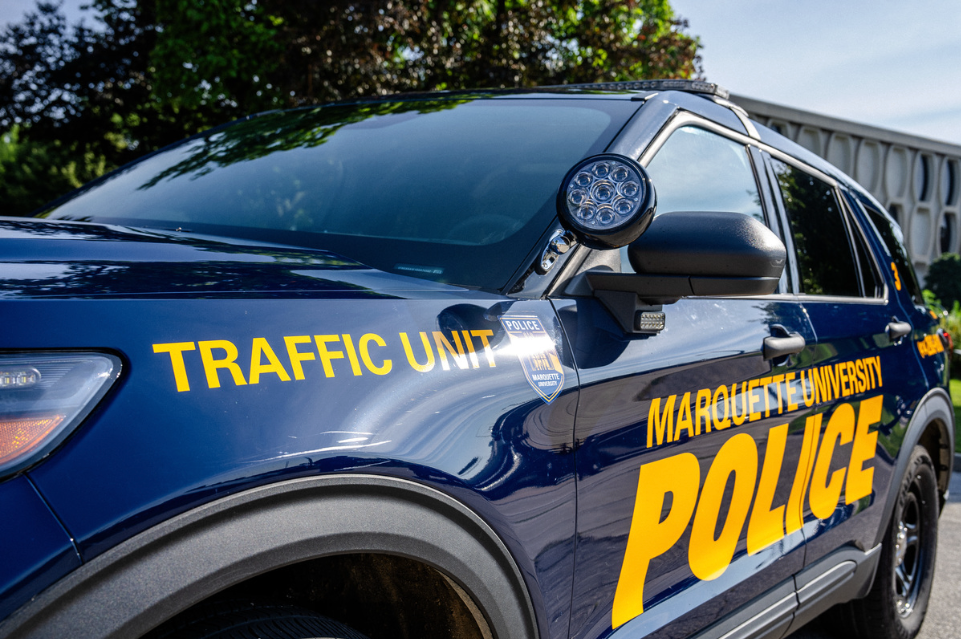Traffic deaths continue to rise in Milwaukee County, even as the rest of the state has seen a decline in fatal crashes in recent years.
That’s according to a new report from Wisconsin Policy Forum, which found traffic fatalities across Wisconsin, not including in Milwaukee County, fell by approximately 36.1 percent from 2002 to 2022. In Milwaukee County, they increased by 113.5 percent during that same time period.
“It’s really concerning and I think it just highlights that there is something different happening as it relates to the safety of our streets in Milwaukee County compared to the rest of the state,” said Mark Sommerhauser, the lead author of the report.
News with a little more humanity
WPR’s “Wisconsin Today” newsletter keeps you connected to the state you love without feeling overwhelmed. No paywall. No agenda. No corporate filter.
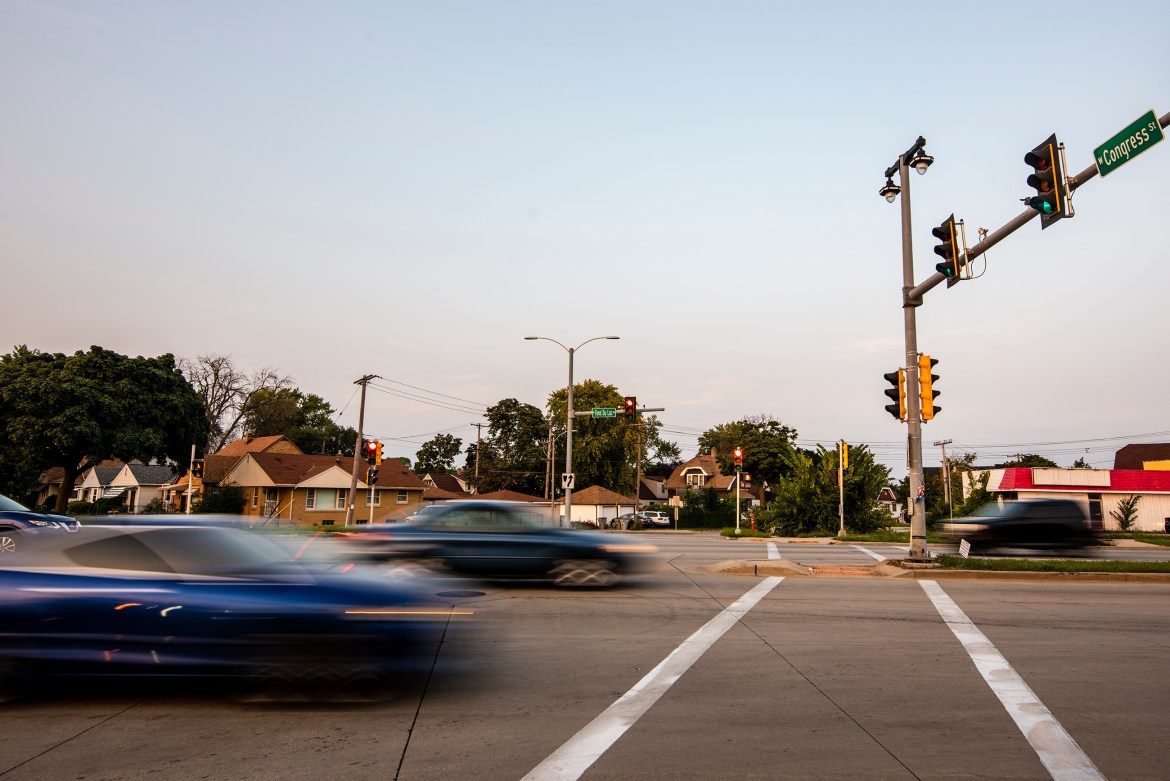
Traffic fatality rates for Black and Hispanic residents of Wisconsin are also increasing across the state, according to the report. The report found from 2018 to 2022, traffic fatality rates increased by 9.8 percent for Black Wisconsin residents, while that number increased 45.3 percent for Hispanic residents.
“It’s certainly very concerning that in our largest county (Milwaukee County), and among Black and Hispanic Wisconsinites, we’re seeing these increases,” Sommerhauser said.
Jessica Wineberg, Milwaukee’s Vision Zero policy director, said the report mirrors a crash analysis the city performed in 2022, which found that “historically underserved residents are disproportionately impacted by crashes.”
“Higher volume, higher speed, wider streets are more often in neighborhoods of color, and that is the fundamental thing that I believe is driving this,” Wineberg said.
The report noted that since Milwaukee County is home to a “majority of Wisconsin’s Black residents,” as well as a “plurality of its Hispanic residents, it is not surprising that these trends have unfolded concurrently with an increase in crash fatalities there.”
Excessive speed is a main factor behind traffic deaths in Milwaukee County crashes, the report found.
The number of crashes in Milwaukee County where “excessive speeding” was a factor increased from 15 in 2002, to 47 in 2022 — an increase of 213.3 percent. In that same time, excessive speeding related crash deaths declined 55.1 percent across the rest of the state excluding Milwaukee County.
“I do think it is clear that this factor of excessive speed is really playing a role,” Sommerhauser said.
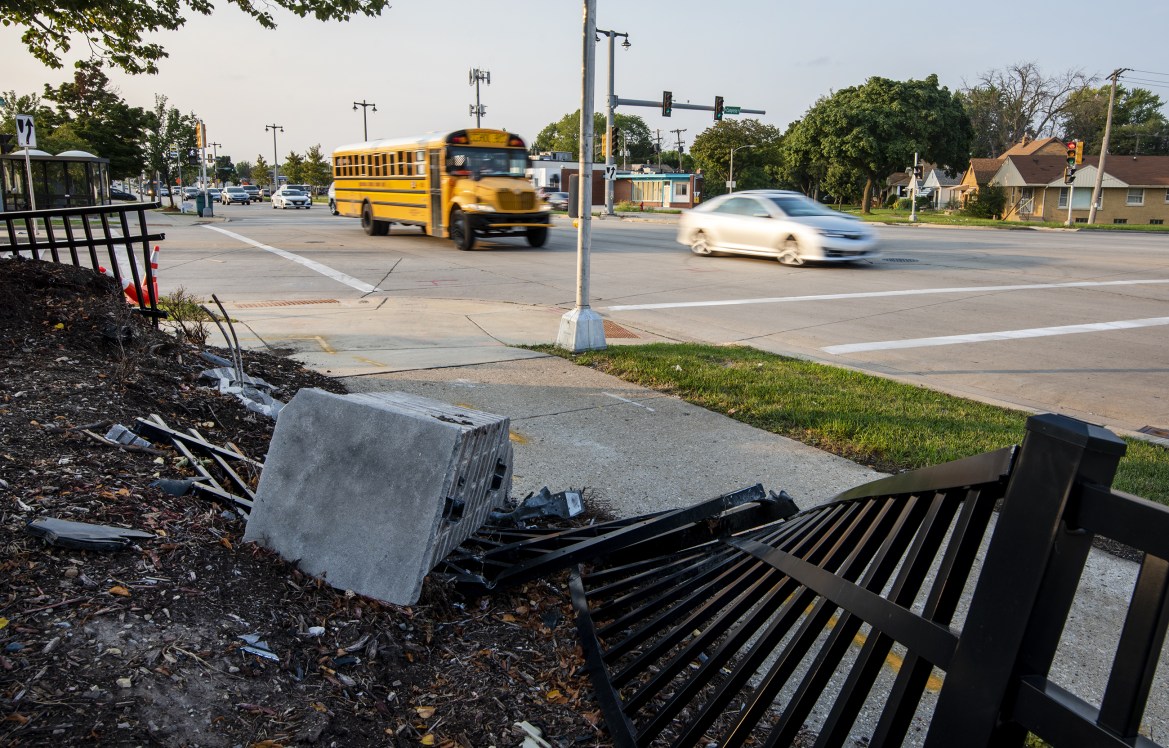
The report comes as Milwaukee leaders try to tackle reckless driving.
The city plans to spend around $86 million on street safety projects this year. Local leaders have also been looking to combat the problem by passing ordinances and working with state lawmakers to create harsher penalties for offenders.
“I think the contrast between Milwaukee County and the rest of the state is a very important piece to understand part of what’s going on here and the challenges that reckless driving places on quality of life in Milwaukee County, and within the city,” said city engineer Kevin Muhs.
Muhs said the city’s “high injury networks,” or parts of the city where more crashes are occurring, are areas of the city where more people of color live.
“So, it doesn’t surprise me to see this information,” Muhs said. “That just shows the disproportionate burden on those communities and why we are so focused on trying to target our investments to that high injury network.”
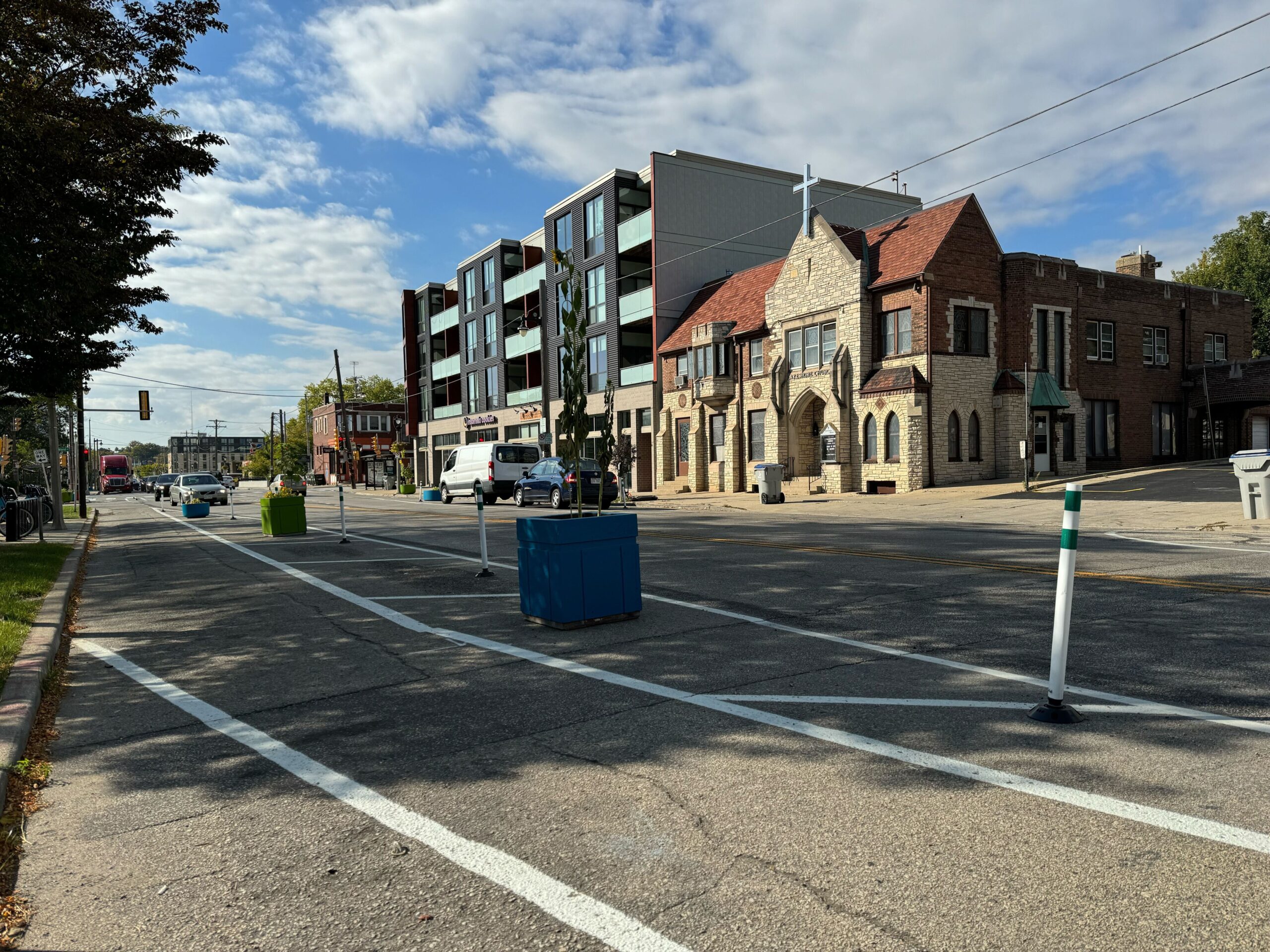
Experts have said engineering and street redesign, often known as “traffic calming” projects, can help narrow the roadway, making it more difficult for drivers to speed.
The city has aggressively increased the number of curb extensions it installed last year, from 46 in 2020 to 907 in 2023. Curb extensions, or bumpouts, narrow the street and force cars to make slower turns.
The city has installed 375 speed humps across Milwaukee since 2020.
“We very much know where we need to focus,” Wineberg said about those projects.
The report found that “recent responses from state and local policymakers show they are taking the problem seriously, but additional steps may be required to reverse the long-term trends we have discussed and put the region back on a trajectory toward safer streets.”
Sommerhauser said one way the state could try to combat the problem is with the use of red light and speed enforcement cameras. State law currently prohibits the use of the cameras —- which snap photos of vehicles that run a red light or speed — but city officials say allowing them could help identify offenders.
“They would be a significant additional tool for law enforcement to enforce traffic violations at greater scale,” Sommerhauser said.
Wisconsin Public Radio, © Copyright 2025, Board of Regents of the University of Wisconsin System and Wisconsin Educational Communications Board.

